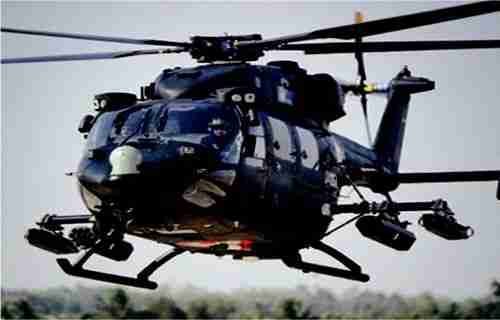For those who undergo flying training in the IAF and elsewhere, it invariably starts with a piston-engine, propeller-driven, two-seat trainer. But before one jumps into the cockpit to fly, for the uninitiated, there is a host of ground subjects to study, ranging from Principles of Flight, Airmanship, Aero-engines, Navigation (no Google), Meteorology, Aviation Medicine and what have you. Getting into the cockpit to explore the ‘blue yonder’ is about the most exhilarating and dynamic experience that a human being can expect.
The sheer unfettered freedom of the third dimension is actually unexplainable except by a Richard Bach. And to think it all began with Icarus (from Greek mythology) whose valiant attempt at flight with wings made of feathers, pasted with molten wax, met a fateful end over the seas. But did this setback deter man’s curiosity to figure out how the birds and the bees did it?
The birds flew from place to place and soared ever so high. But the bumble-bee’s ability to hover and suck honey from the flowers (astonishingly replicated by the hummingbird!) created an inquisitiveness that intrigued the thinking man. It was the great Leonardo Da Vinci (who else?), the architect/ inventor, a man with foresight few people have achieved, who provided the fundamental idea of a helicopter, as we know it today. Around the year 1480, he produced drawings/ sketches of windmill-like machines operating in the horizontal plane.
He called it the “Air- Screw” and also termed it the “Helix” (a Greek word meaning ‘Spiral’ or ‘Twist’). Rather simplistic in looks, it proved most difficult to produce. Obviously, the complications involved in a hovering machine made for far greater challenges than anticipated. And true to form, to the present day, when one moves across from fixed-wing flying to rotary-wing machines, his or her concepts of aerodynamics and the theory of flight just seem to be overturned! How on earth did the bumble-bee do it?
While essays and books could be written (and so have been) on rotorcraft/ helicopters/ choppers (‘What’s in a name?’…), the bottom line is that the versatility of the machine cannot be doubted. The sheer capability, adaptability, flexibility and agility seem to offer solutions for the military, the short distance commuter, the businessman, the politician the rich and famous and of course, by far the most important, access to inhospitable areas for medicare purposes and disaster management.
Just to emphasise its versatility, some of the uses of the helicopter that come to mind are:
- Observation
- Reconnaissance
- Communication
- Anti-tank Role
- Troop insertion
- Special Forces tasks
- Radar busting
- Combat search and rescue (CSAR)
- Casualty evacuation (CasEvac)
- Air assault operations
- Battlefield interdiction
- Armed escort to utility/ troop-carrying helicopters.
- Logistical tasks/ supply dropping
- Search and rescue (SAR)
- Sea search and rescue (SSR) – Navy
- Minesweeping – Navy
- Anti-submarine warfare – Navy
- Policing/ traffic management
- Fire fighting
- Disaster management
- Medical evacuation (MedEvac)
The helicopter has found widespread use in the civil sector in India. The vast expanses and geographical layout of India, with its varied terrain, necessitate a natural adaptation for quick response and travel to remote and poorly connected areas.
It proves a boon for politicians to access their constituencies and for the administration to provide succour to the needy especially in the event of catastrophes and natural disaster. The last two decades, in fact, have seen more than a fivefold increase in civil helicopters operating in this country.
The helicopter has become the mainstay across the spectrum of operations, be it military or civil. Presently, almost all of our helicopters are procured from abroad other than the HAL ‘Dhruv’. While a Light Utility Helicopter (LUH) and a Light Combat Helicopter (LCH)have been designed and are under manufacture by HAL, the former has only recently been ordered by the IAF and the IA.
It is evident that there is infinite potential for the Indian industry to draw on if it cares to pursue the helicopter program. The scope is vast and the opportunities limitless, especially for the “Make in India’ venture the government has embarked upon. Let us go for it.
An alumnus of NDA and DSSC, Air Mshl Sumit Mukerji has served the IAF as a fighter pilot with distinction He has commanded three units, a MiG-29 Sqn, a MiG-25 SR Sqn and TACDE (considered the ‘Top Gun’ school of the IAF) and also served as the Air Attaché in Washington DC. He retired in 2011 as the AOC-in-C of Southern Air Command.


